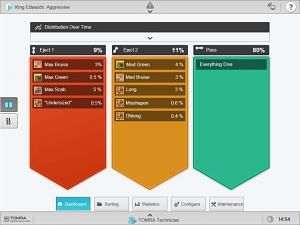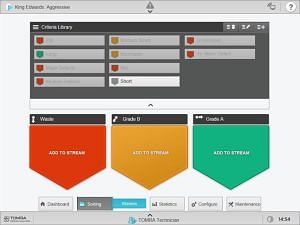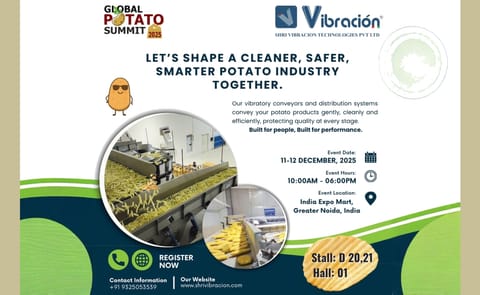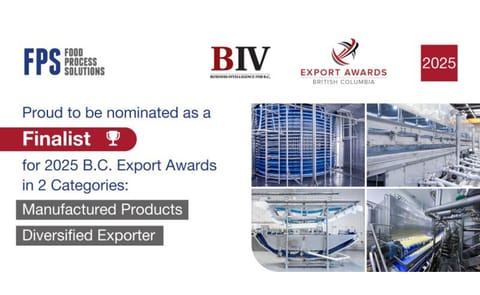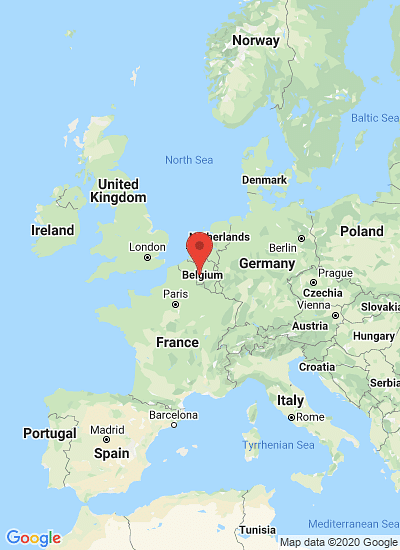New TOMRA user interface design unlocks the power of the Halo Sorter
New TOMRA user interface design unlocks the power of the Halo Sorter
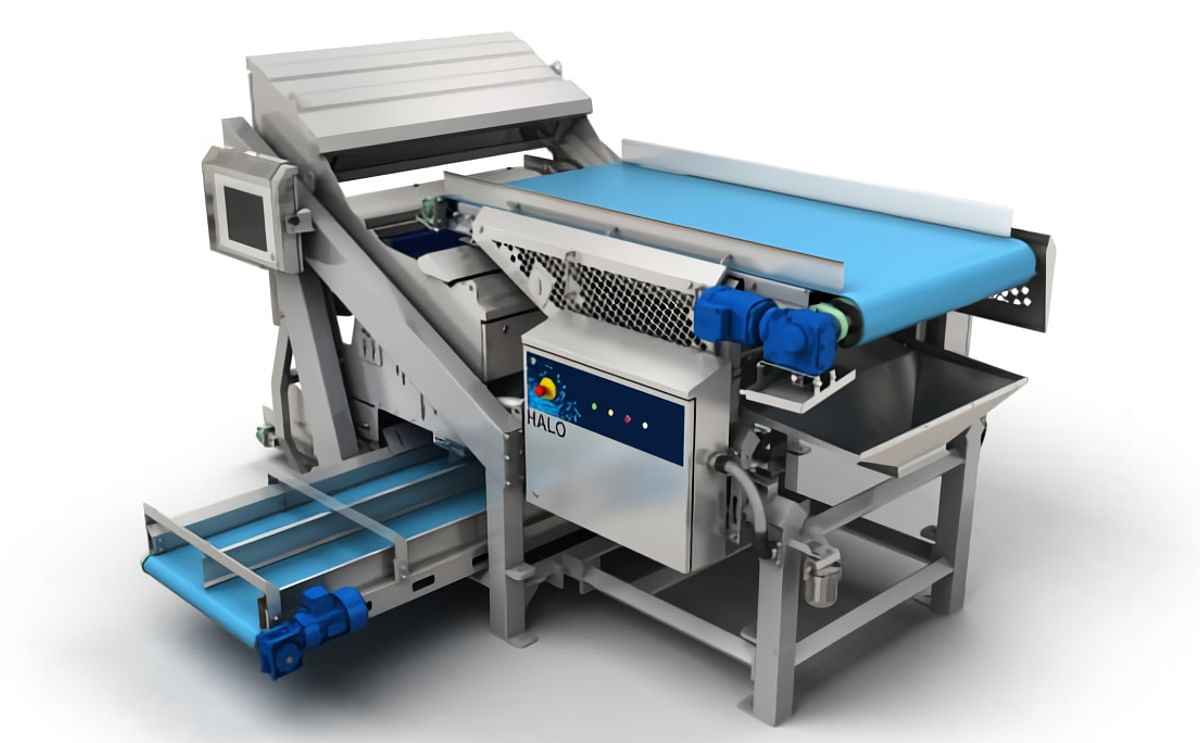
TOMRA Sorting Food will showcase its brand new user interface design for the Halo optical sorter at the 17th edition of INTERPOM | PRIMEURS taking place in Kortrijk Xpo, Belgium from 23 – 25 November.
In the past decade consumers have become more demanding about the produce they buy, claiming better, more consistent quality and size in the pack. Optical sorting technology has developed at a rapid rate to react to this demand. This resulted in highly sophisticated sorting machines like the TOMRA Halo with advanced functionalities for a flexible and refined sort of the incoming crop, producing primary and secondary marketable pack and process grades.
As these sort requirements become more complex and with possible multiple varieties of potatoes washed and packed or processed daily, the job for the user controlling the sorter has become more challenging. Making the connection between the sorter settings and the final product result is now vital to optimise the use of the incoming potatoes.
To face these challenges and as part of TOMRA’s strategy for providing a positive user experience for their customers TOMRA is introducing its new user interface.
Designed for the user/operator it makes sorting adjustments simple and predictable enabling full control. This is achieved by changing the way the defect and product features are setup. Each user can define their own sorting criteria and name them the way they want it. Typically defects of different intensity and size will be setup in different ‘feature boxes’ for critical or minor defects such as green, brown. This removes the fear of the operator changing settings because they have set, saved and named them, themselves in the system database. The user is now really in control of the defects,” says Jim Frost, market unit manager whole products sorting at TOMRA Sorting Food.
Further to this is a new feature where operators can now combine size of the product and colour defect levels to manipulate the sort of the potatoes in order to recover more. “Operators will be able to set up a combined sort such as combining a small defect (colour) on a small potato (length) as waste, but that same small defect (colour) on a bigger potato (length) is still within the grade. Instead of having settings for every defect separately we are now combining them making the Halo sorter more intelligent. The operator can now convert a potato which used to be classified as waste into one which can still be used as a marketable ‘grade’.”
Binding these together, another sophisticated feature on the new user interface is the touchscreen ‘drag and drop’ feature which within seconds, allows the customer to decide, set and then clearly see which quality of potatoes goes to what sort exit.
To control the sort efficiently the user must also have feedback about the potatoes from the sorter. This is now provided with ‘at a glance’ dashboard on screen displays of product and machine data. Product data will include size and defect profiles of the product sorted. These valuable data sets will also be available for SCADA or transfer to the plant servers for analysis and traceability.
Many months of research, creative design work and customer engagement has resulted in an iconic look and feel to TOMRA’s new user interface with unification of the user experience across the range of TOMRA sorters. “No longer should a user see two TOMRA sorting machines side by side with designs that seem polar opposites from one another. The user interface provides operators with a confidence that if they can work with one TOMRA sorting machine they will be able to work them all! The customer can now really ‘drive’ the sorter” clarifies Frost.
Frost explains: “Through targeted spectroscopy of 1mm resolution, the Halo continues to sort the washed and peeled potato by viewing and analysing features such as colour defects, misshapes, foreign materials and hard-to-see defects producing a highly accurate sort across a wide range of whole food products ... Offering high capacity, low maintenance, flexibility, gentle handling and consistent accuracy, the Halo continues to be a leader in its class.
“Other benefits of the Halo are large labour cost reductions, averaging 80 per cent upwards; yield increases of up to 2 per cent; low operational costs; up to 25 per cent faster throughput; improved produce quality; shorter working days; and speedy return on investment.”
Fresh pack Halo applications include: all sizes and varieties of potatoes; carrots; parsnips; onions; beets; tomatoes; and cucumbers. Processor applications include: peeled and unpeeled potatoes; carrots; peaches; pears; tomatoes; green beans, onions; apricots; and citrus fruits, such as oranges and mandarins.
Learn more about the Halo Optical Food Sorter
Frost says: “With 18,000 attendees from over 36 countries, INTERPOM | PRIMEURS provides an outstanding opportunity for producers and processors to discover more about our latest sorting systems, which help ensure maximum profit, quality and efficiency.”
TOMRA Sorting Food will provide more information about its freshly intuitive touch screen at booth 110.

